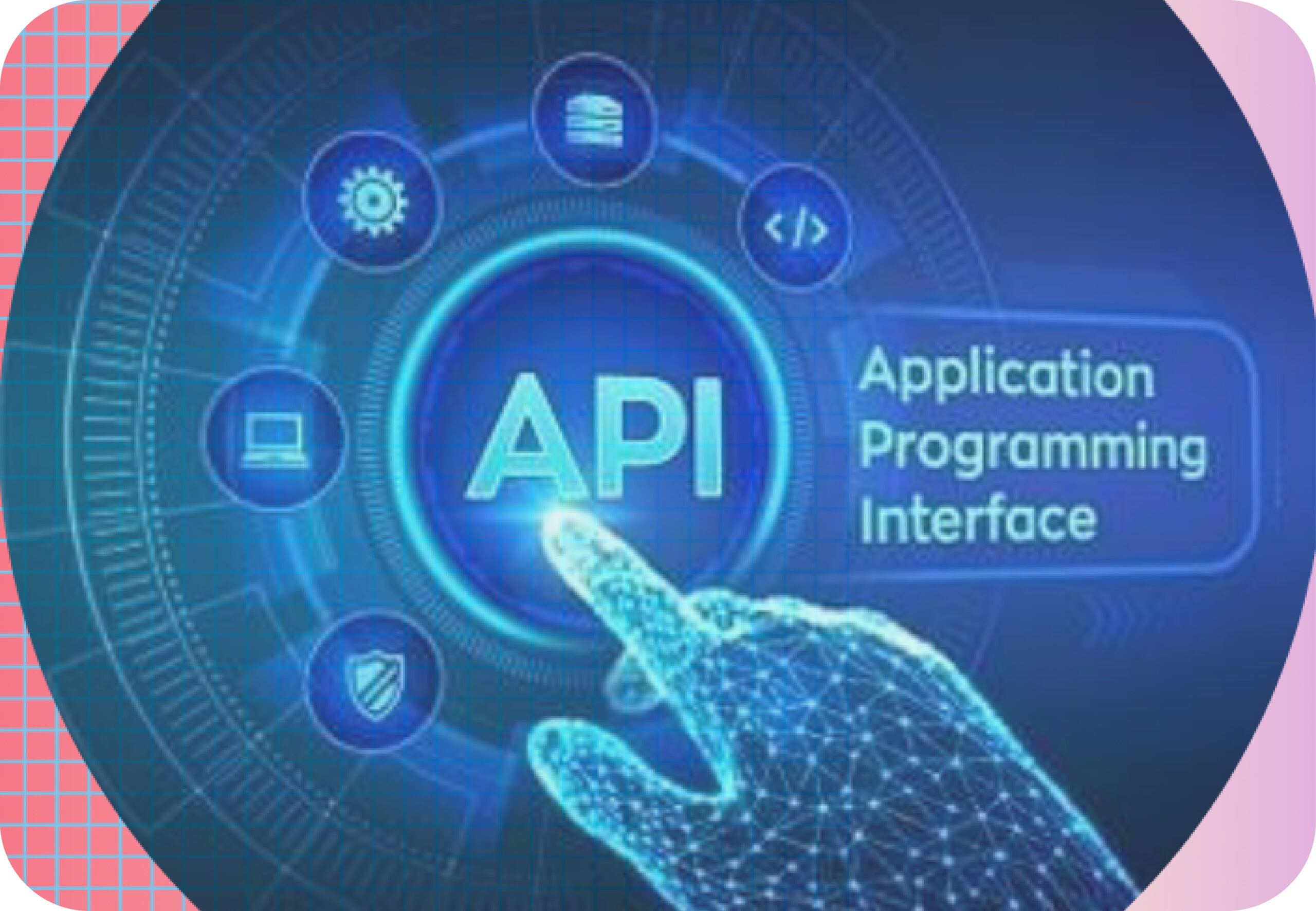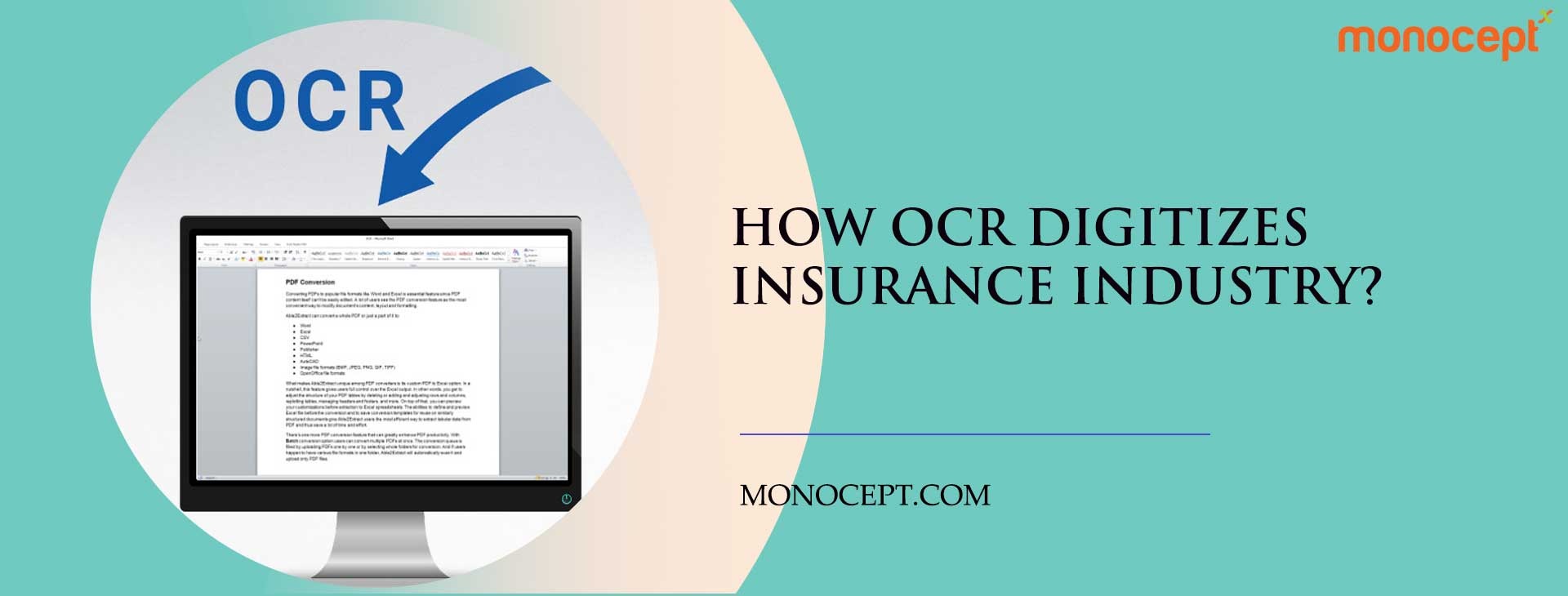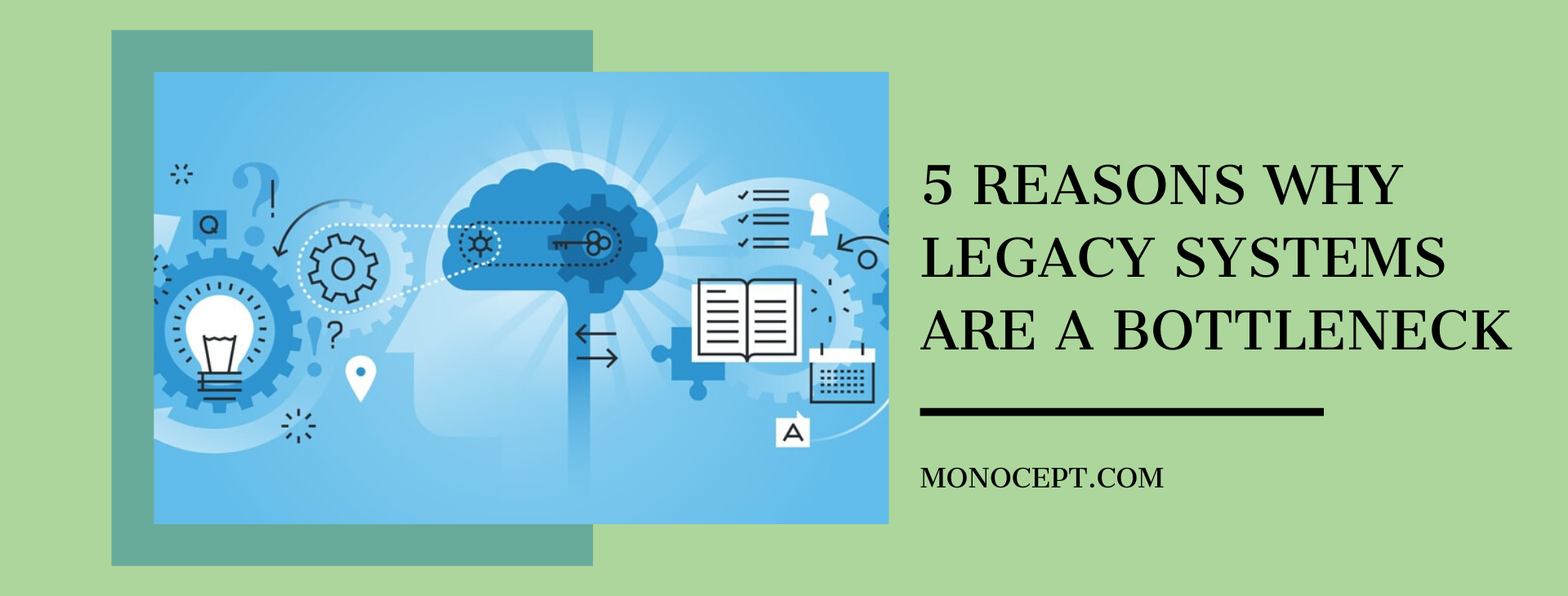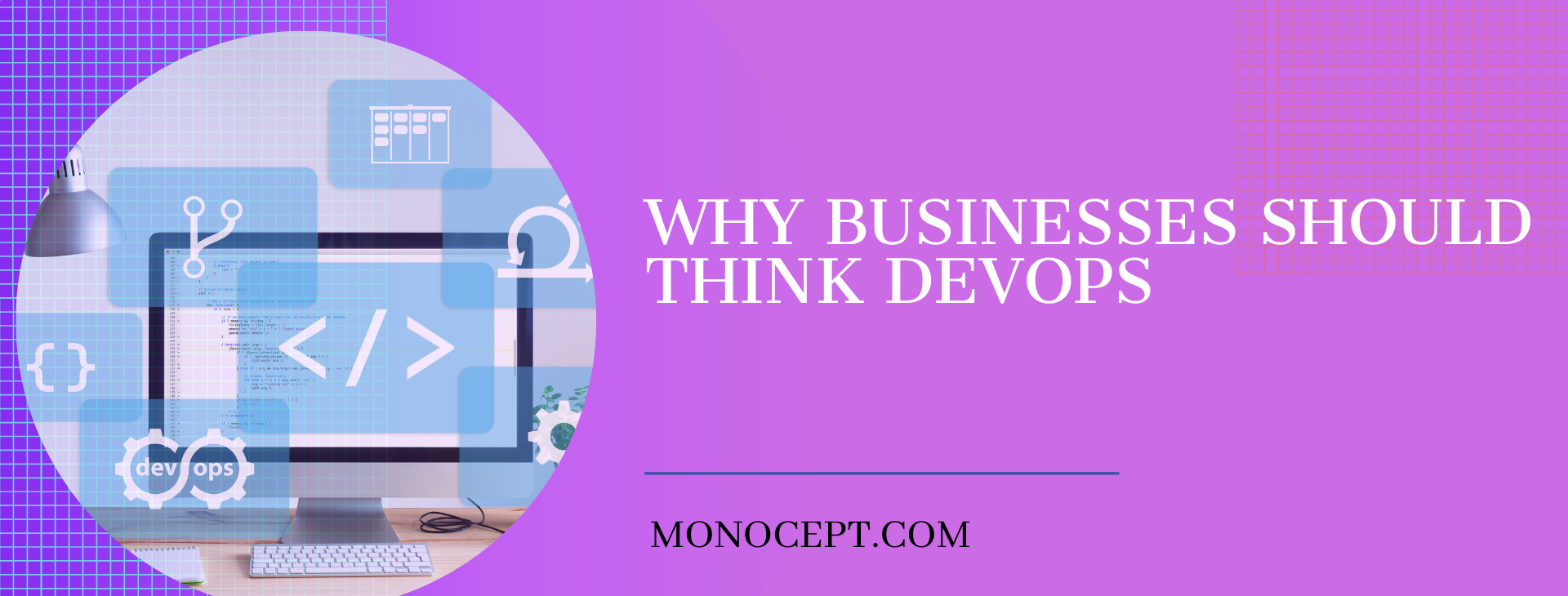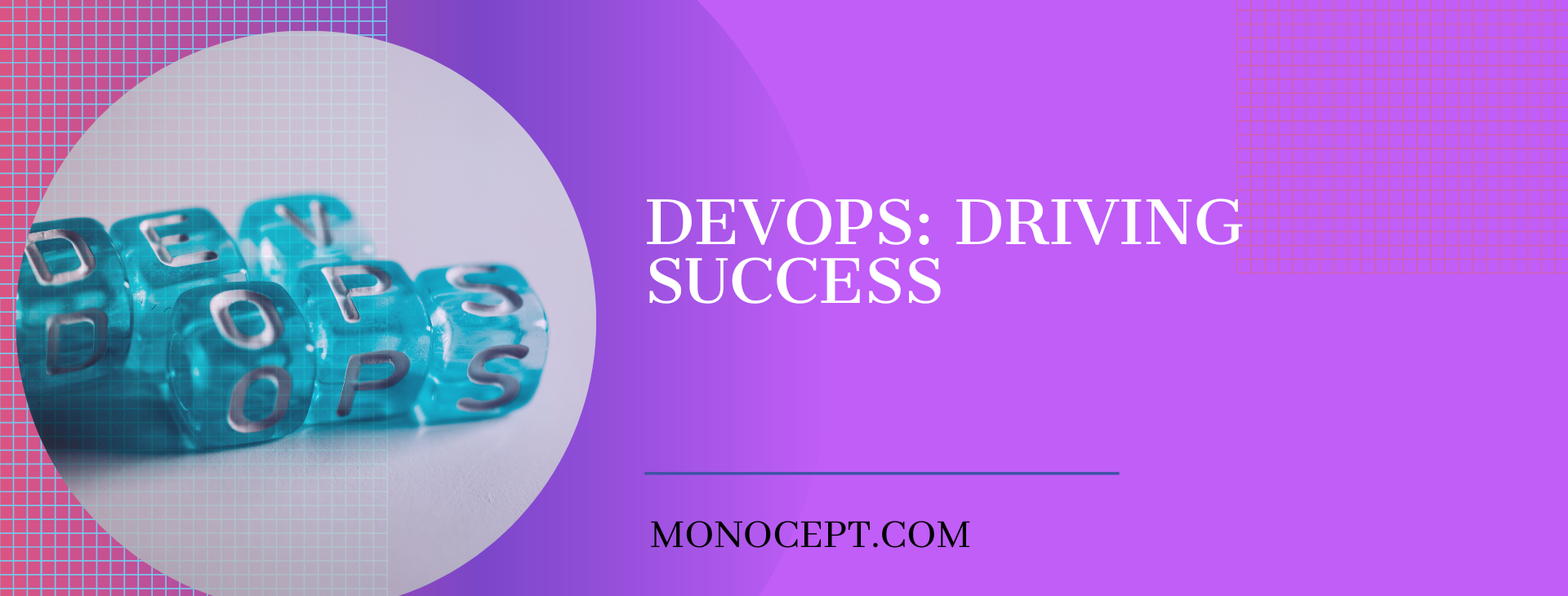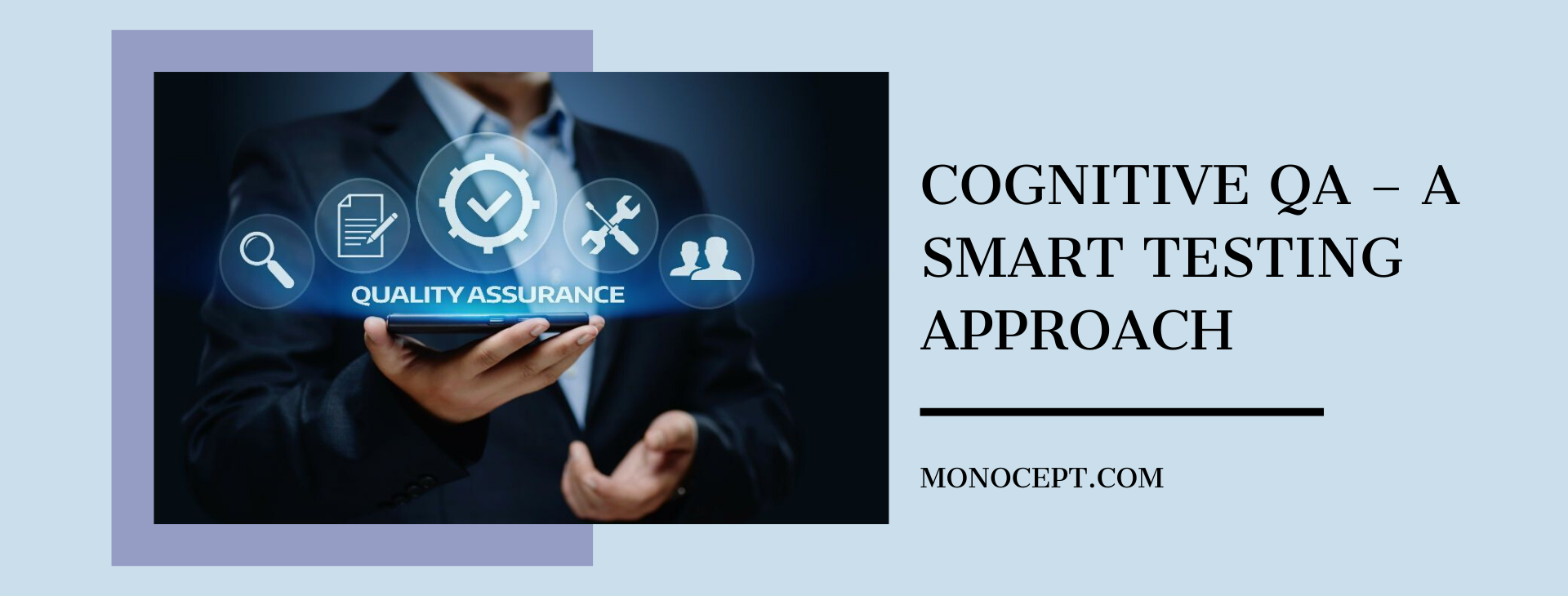RPA Changing the Insurance Industry Landscape
The use of robots is on the rise, and it’s not just in manufacturing. Robots are being used to conduct commercial transactions, analyze legal contracts for errors, and even replace insurance agents. One study found that RPA could reduce some costs by as much as 40% while still retaining a high level of customer service. In this blog post we’ll explore why robot process automation (RPA) is changing the insurance industry landscape and how your company can start using these tools today to lower operating expenses and give you an advantage over competitors
Robotic Process Automation, or RPA, means using a new class of software to automate business processes. Successful RPA involves replicating menial and repetitive activities that are currently manually performed. Using RPA, these tasks can be completed at a fraction of the cost and in a shorter time frame by using existing core applications, websites, spreadsheets, documents, and emails. The reason RPA trumps traditional solutions in terms of cost and time efficiency is that it doesn’t need to change current IT systems to be able to streamline business processes.
While individual elements within the RPA software have been around for a while, combining relevant features and making them work together as a part of a single, mature package that is compliant with existing systems and risk management frameworks is what makes RPA a compelling proposition for insurance providers.
But even though RPA, combined with artificial intelligence (AI) is clearly the future of insurance, a 2016 ACORD study on insurance and digital maturity found that only 40 percent of insurers have properly managed to digitize and more than 10 percent are not leveraging digitizing opportunities within their current business processes at all. Another 2017 ACORD research found that while current spending on RPA technologies in banking, financial services, and insurance firms (BFSI) is between $50 to $100 million, it is estimated to grow between 30 to 60 percent annually, and will pass the $1billion mark by 2022 due to the urgent need for flexibility, adaptability and efficiency in processes.
Some of the biggest benefits of using RPA in insurance are:
Data aggregation from multiple systems RPA applications have evolved from ‘screen scraping’ or collecting data from one application to share with another. Most RPA systems today are rules based which allows them to work with multiple complex processes governed by a specific set of rules. To put it simply, RPA systems can now pull data from multiple back-end systems because it is programmed to follow predetermined actions. This agility in moving and populating data from multiple sources also enables insurers to critically analyze data and develop new products. A 2016 paper by Adam Cranfield and Dan White illustrated how insurance claims outsourcing and loss adjusting firm was able to use RPA to process about 3,000 claims documents a day with a team of 4 people. Without RPA, the same task would have required a team 3 times as large.
Scope for self-learning and improvement Due to the success of RPA in automating processes, some insurers are increasing the scope of RPA by using machine learning and AI approaches to implement more sophisticated and knowledge-based RPA solutions. These systems can then handle a wider variety of tasks within customer service functions, searching for information across systems and answering customer emails. With rapid advancements in AI, RPA might soon be able to evolve to provide value-adding services such as self-optimizing customer service, loan pricing, financial advice, claims validation, complaints handling, risk assessment, designing fraud indications, etc.
Drastic reduction in operating costs
In RPA, the software replicates human activity. So RPA essentially helps insurers create a virtual workforce that can run tasks 24 hours a day and seven days a week, with a minimal margin of error, while providing for a robust in-built auditing system at every step of the process. Reports peg that RPA can reduce manual operating costs by 25 to 30 percent, while improving service and compliance. Due to this, it can typically provide a return on investment in less than a year.
Better than a complete platform upgrade
At the very core, RPA and platform upgrades provide the same benefits: reduced costs, improved speed, greater accuracy, access to audit history, greater control, and agility. But in most cases RPA can provide these benefits faster, cheaper, and with fewer disruptions because of its use of existing interfaces. Since there is no need to upgrade or change existing systems, releases do not have to be synchronized across platforms, which means lower testing costs for integrating. Process automation tools can also be rolled out incrementally, increasing transparency, ease of adoption and greater benefits.
Monocept has always helped its partners to achieve desired efficiency levels by RPA implementation at various stages. To know more drop in a mail at info@monocept.com









